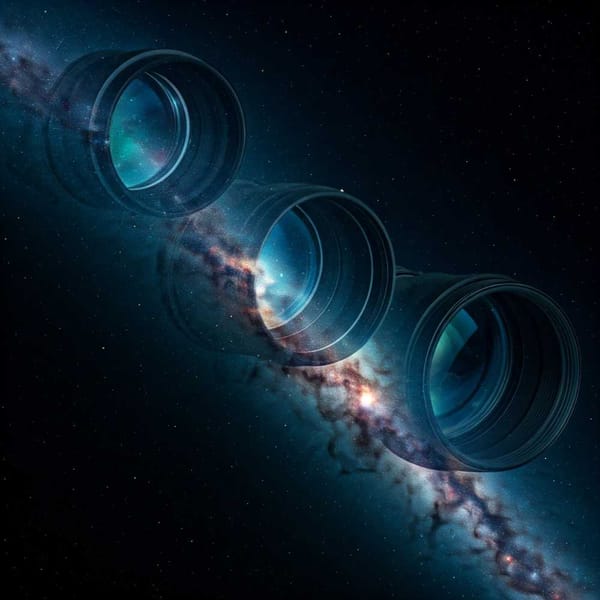In 2022 we will celebrate 440 years of commemorating the New Year on January 1
Most calendars in the world have to do with the orbital motion of the Earth around the Sun. The date was established in the Gregorian calendar, established by Pope Gregory XIII in 1582. Kiribati and American Samoa are the first and last places, respectively, to welcome the new year.

Although the establishment and arrival of the new year are based on calendars as a legacy of various cultures, this fact has astronomical foundations, said the researcher of the Institute of Astronomy (IA) of the UNAM, Daniel Flores Gutierrez. Regarding the beginning of the year 2022, the head of the Yearbook of the National Astronomical Observatory said that it is related to the Roman, Julian, and Gregorian calendars, the latter in force and used in most of the countries of the world. Established in 1582 by Pope Gregory XIII, the yearbook that bears his name established the first day of the cycle on January 1, so the planet will celebrate 440 years of commemorating this fact.
A calendar is required to establish the count linked to the human thought of how to understand nature and, evidently, with the celestial vault. Throughout existence, the movement of the stars, particularly the Sun and the Moon, has been observed; it is an approximation of the solar interval. Most of the calendars in the world, in all the cultures that have developed, have to do with the orbital movement of the Earth around the Sun, then this displacement travels through different groups of stars in the year, and this is an interval of the order of 365 days.
On the planet, there have been different beginnings of the year throughout the history of cultures. For that reason some begin in spring, others in the winter solstice or summer; it is a choice of a human group to count its annuity. That is to say, the consideration of the new year is a cultural phenomenon relatively independent of official homologations or astronomical adjustments that may exist.
Calendars in history
Before the Christian era, the new year began in what is now March. However, in January (considered the eleventh month), the consuls of Ancient Rome took office, so Julius Caesar, in 47 BC, created the Julian Calendar. The Romans dedicated January 1 to Janus, the "God of comings and goings". This month was named after him, who had two faces, one looking forward and the other backward. The so-called Julian Calendar in memory of the emperor remained valid for almost 16 centuries until the arrival of the Gregorian.
The pre-Hispanic cultures had a calendar beginning, in the case of Mesoamerica there was a combination of several, but we consider two important ones, which would be the 360 and 260-day accounts. The first is the one that corresponds to the Sun, because it was completed with five days, the so-called Wayeb days, in the Mayan area. It is known that the beginning of the Mesoamerican is February 2 of the Julian, but when the correction came and the Gregorian (current) was established, it was adjusted to February 12.
In the Mayan area, in addition, there was a date for the beginning of the year around July 16. This is a representation of that great capacity of thought, of the human groups in America and Mesoamerica in which they established and understood very well the movements of the celestial vault and determined their calendar, their accounts; and we already know this from the study of their calendars.
Kiribati and Samoa
The university specialist in the astronomical ephemeris, movement of the planets, Mesoamerican and meteoric astronomy, explained: living in a sphere, humans describe in each point, city and population in the world, a circumference seen from the poles, and therefore in the case of Oceania is the first continent to start the year. So, it is due to the Earth's rotation and time zones that the first place to welcome the new year is Kiribati, in the Caroline Islands, and Kiritimati; while American Samoa is the last place to end the outgoing year.
Kiribati, an island republic in the Central Pacific, includes 33 atolls (oceanic coral islands), with lagoons and white sand beaches, several of which are deserted. It is 6,619 kilometers away. Meanwhile, American Samoa, or American Samoa, located eight thousand 519 kilometers away, is one of the unincorporated territories of the United States under the supervision of the United Nations Special Committee on Decolonization. It is located west of the Cook Islands, 2,700 kilometers from New Zealand and 7,800 kilometers from San Diego, California.




